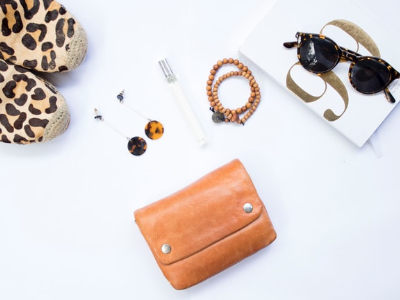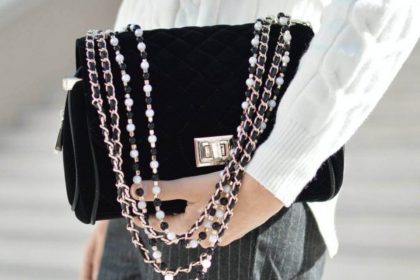coming soon
coming soon
“quote”
coming soon

“coming soon.”
coming soon
Fashion is the armor to survive the reality of everyday life.

“Shoppers’ shopping experiences may vary, based on a variety of factors including how the customer is treated.”
Online shopping allows the buyer to save the time and expense.which would have been spent traveling to the store or mall. According to technology and research firm Forrester, mobile purchases or mcommerce will account for 49% of ecommerce, or $252 billion in sales, by 2020.
H1: Fashion is what you’re offered four times a year by designers.
The notion of the global fashion industry is a product of the modern age. Before the mid-19th century, most clothing was custom-made. It was handmade for individuals, either as home production or on order from dressmakers and tailors.
H2: Fashion Book makes me more productive
By the beginning of the 20th century—with the rise of new technologies such as the sewing machine, the rise of global capitalism and the development of the factory system of production, and the proliferation of retail outlets such as department stores—clothing had increasingly come to be mass-produced in standard sizes and sold at fixed prices.
H3: 9–5 is not optimal
This is my average total monthly spending from one year living in Seattle’s Capitol Hill, one year living in San Francisco’s Upper Haight, one year traveling to 20 countries, and one month at a hotel in Bali. It is much cheaper for me to travel. Since the majority of my costs are from trains and flights, it’s significantly cheaper if I stay in one place.
H4: Fashion expands my cultural bubble
By the beginning of the 20th century—with the rise of new technologies such as the sewing machine, the rise of global capitalism and the development of the factory system of production, and the proliferation of retail outlets such as department stores—clothing had increasingly come to be mass-produced in standard sizes and sold at fixed prices.
H5: Fashion week is not the same as vacation
The notion of the global fashion industry is a product of the modern age. Before the mid-19th century, most clothing was custom-made. It was handmade for individuals, either as home production or on order from dressmakers and tailors.
H6: I became a nomad by fashion
By the beginning of the 20th century—with the rise of new technologies such as the sewing machine, the rise of global capitalism and the development of the factory system of production, and the proliferation of retail outlets such as department stores—clothing had increasingly come to be mass-produced in standard sizes and sold at fixed prices.
Heading H1
Heading H2
Heading H3
Heading H4
Heading H5
Heading H6

Although the fashion industry developed first in Europe and America, as of 2017, it is an international and highly globalized industry, with clothing often designed in one country, manufactured in another, and sold worldwide. For example, an American fashion company might source fabric in China and have the clothes manufactured in Vietnam, finished in Italy, and shipped to a warehouse in the United States for distribution to retail outlets internationally. The fashion industry has long been one of the largest employers in the United States, and it remains so in the 21st century. However, U.S. employment declined considerably as production increasingly moved overseas, especially to China. Because data on the fashion industry typically are reported for national economies and expressed in terms of the industry’s many separate sectors, aggregate figures for the world production of textiles and clothing are difficult to obtain. However, by any measure, the clothing industry accounts for a significant share of world economic output. The fashion industry consists of four levels:
- The production of raw materials, principally Fiber, and textiles but also leather and fur.
- The production of fashion goods by designers, manufacturers, contractors, and others.
- Retail sales.
- Various forms of advertising and promotion.
These levels consist of many separate but interdependent sectors. These sectors are Textile Design and Production, Fashion Design and Manufacturing, Fashion Retailing, Marketing and Merchandising, Fashion Shows, and Media and Marketing. Each sector is devoted to the goal of satisfying consumer demand for apparel under conditions that enable participants in the industry to operate at a profit.
“Americans spent over $83 billion on back-to-school and back-to-college shopping.”– Maya Angelou
The joy of dressing is an art.
Fashion trends influenced by several factors, including cinema, celebrities, climate, creative explorations, innovations, designs, political, economic, social, and technological. Examining these factors is called a PEST analysis. Fashion forecasters can use this information to help determine the growth or decline of a particular trend. It helps to know more about the Fashion arena and lifestyle in the modern world.
Though there had been distribution of dressed dolls from France since the 16th century and Abraham Bosse had produced engravings of fashion in the 1620s, the pace of change picked up in the 1780s with increased publication of French engravings illustrating the latest Paris styles. By 1800, all Western Europeans were dressing alike (or thought they were); local variation became first a sign of provincial culture and later a badge of the conservative peasant.
Although tailors and dressmakers were no doubt responsible for many innovations, and the textile industry indeed led many trends, the history of fashion design is generally understood to date from 1858 when the English-born Charles Frederick Worth opened the first authentic haute couture house in Paris. The Haute house was the name established by the government for the fashion houses that met the standards of the industry. These fashion houses have to adhere to standards such as keeping at least twenty employees engaged in making the clothes, showing two collections per year at fashion shows, and presenting a certain number of patterns to customers. Since then, the idea of the fashion designer as a celebrity in his or her own right has become increasingly dominant.
| Header 1 | Header 2 | Header 3 | Header 4 |
|---|---|---|---|
| Division 1 | Division 2 | Division 3 | Division 4 |
| Division 1 | Division 2 | Division 3 | Division 4 |
| Division 1 | Division 2 | Division 3 | Division 4 |
| Division 1 | Division 2 | Division 3 | Division 4 |





